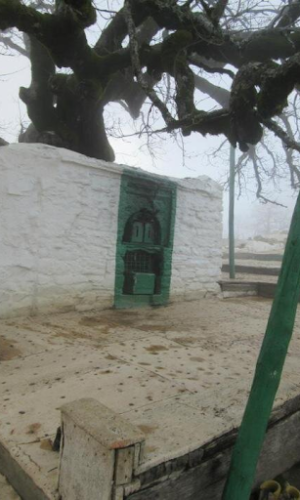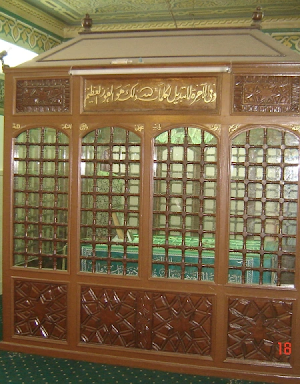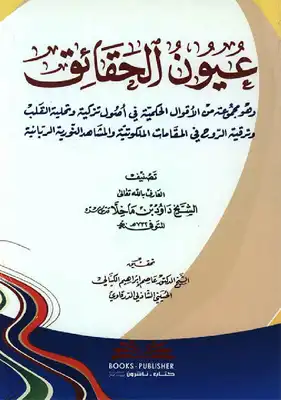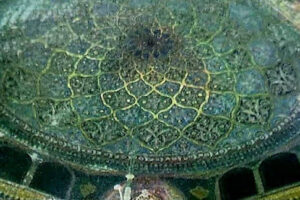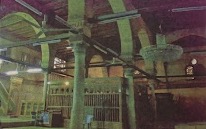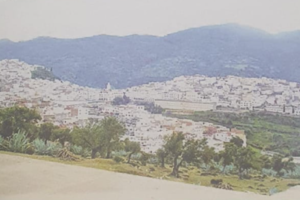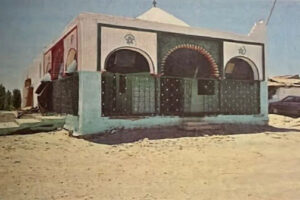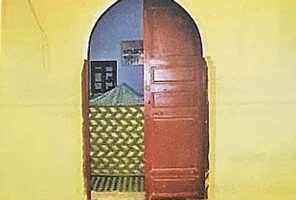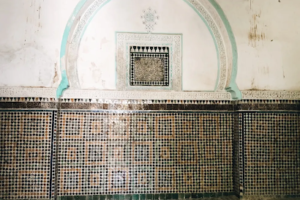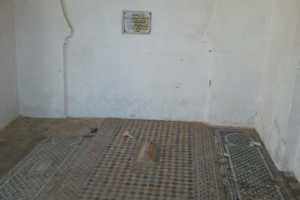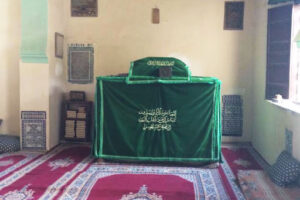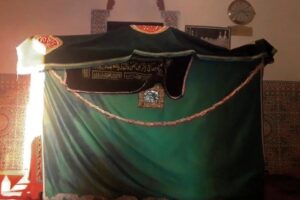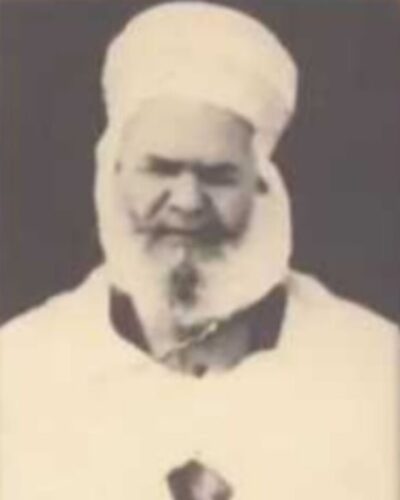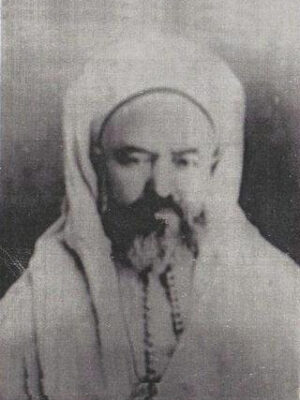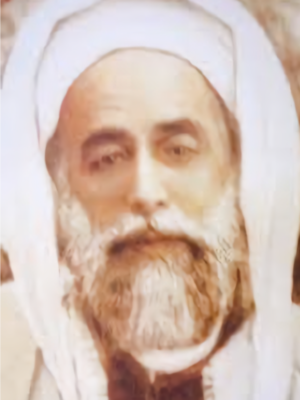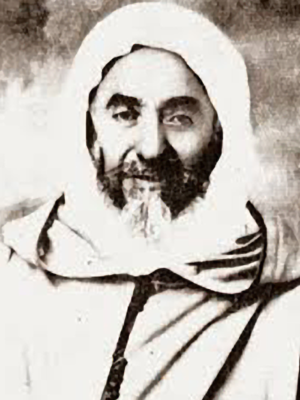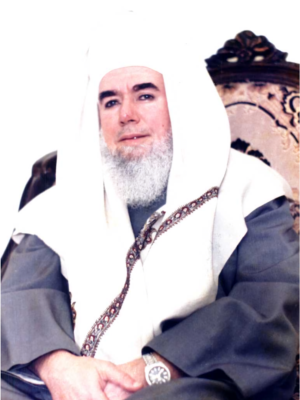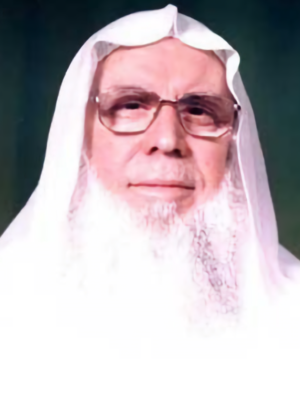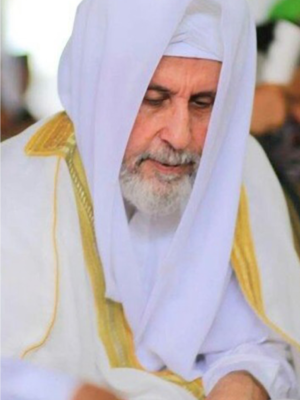Shaykh Muhammad ibn Yallis al-Tilimsani (1271 AH/1855 – 1345 AH/1927)
Shaykh Muhammad ibn Yallis, a native of Tlemcen (Algeria) born in 1271 AH/1855, was the Shaykh of Shaykh Muhammad al-Hashimi al-Tilimsani. The Shaykh was an early orphan, but that did not hinder him from receiving education and achieving his spiritual aspirations. In his youth, the Shaykh studied with some of the leading shuyukh of his time including Imam Abu Abdullah Muhammad al-Sanusi, Shaykh Ahmad ibn Muhammad al-Dukkali, Shaykh Ibn Sahman, and Shaykh Ahmad al-Harsharwi.
Being appointed as Muqaddam by Shaykh Muhammad ibn Azza in Tlemcen, the Shaykh represented the Tariqah Darqawiyah in his city. This is believed to have led to the proliferation of the Tariqah Darqawiyah in surrounding areas. Shortly after the death of Shaykh Muhammad ibn Azza, the Shaykh met Shaykh Muhammad Ibn al-Habib al-Buzidi and became his disciple, who in turn appointed him as the muqaddam of Tlemcen and then gave him authorisation to train his disciples.
Accompanied by his son, Shaykh Ahmad, and his student, Shaykh Muhammad al-Hashimi, Shaykh Muhammad ibn Yallis left Algeria to immigrate to Syria in 1329 AH/1909. This preference to emigrate from Algeria, a preference held by many pious Algerians at that time, is best seen as a bid to avoid the French colonists, who prohibited the Algerian people from attending circles of knowledge. By emigrating, the Shaykh, his son, and his student were also able to escape the possible drafting of Algerian Muslims into the French Army in preparation for the conquest of Morocco.
The Shaykh was 80 years old when he fought against the French when they occupied Syria in 1338 AH/1920. This resulted in his imprisonment which was made brief due to the intercession of Shaykh Muhammad al-Makki al-Kettani and Shaykh Badr al-Din al-Hasani with the French occupiers.
The Shaykh continued teaching in Damascus throughout the rest of his life. He appointed his brother, Shaykh Ahmad, as his Khalifa, and his student, Shaykh Muhammad al-Hashimi, as the next Khalifa. The Diwan that the Shaykh penned honouring the beauty of Layla, the Divine Presence, can still be heard in Damascus during the dhikr sessions up to this day, even if he may have returned to Allah’s side on Tuesday, December 26, 1927/1346 AH. The Shaykh was buried in the graveyard of Bab al-Saghir. A mosque and a zawiyya were built in Wahran in his name. May Allah have mercy on him and be well pleased with him.
Sources:
- Al-Kuhin, Muhammad Qasim. Tabaqat Al-Shadhiliyyah Al-Kubra Biographies of Prominent Shadhilis. Translated by Ahmad Ali Al-Adani, First, Visions of Reality Books, 2016.
- Tarikh`Ulema Dimashq 14th century, Vol 1 p. 427 ff biography written by Ustadh Riad al-Malih as cited in “Bio: Sh. Muhammad Ibn Yallis – Damas Cultural Society.” Bio: Sh. Muhammad Ibn Yallis – Damas Cultural Society, damas.nur.nu/8876/bionotes/bio-sh-muhammad-ibn-yallis?target=english.
- Michon, J. L. “Ibn Yallas &Mdash; Brill.” Ibn Yallas &Mdash; Brill, 24 Apr. 2012, referenceworks.brillonline.com/entries/encyclopaedia-of-islam-2/ibn-yallas-SIM_3410?lang=fr.
- “محمد بن يلس.” محمد بن يلس, 23 Dec. 2017, alawi1934-ar.blogspot.com/2017/12/blog-post_72.html. (Translated using Google Translate)

